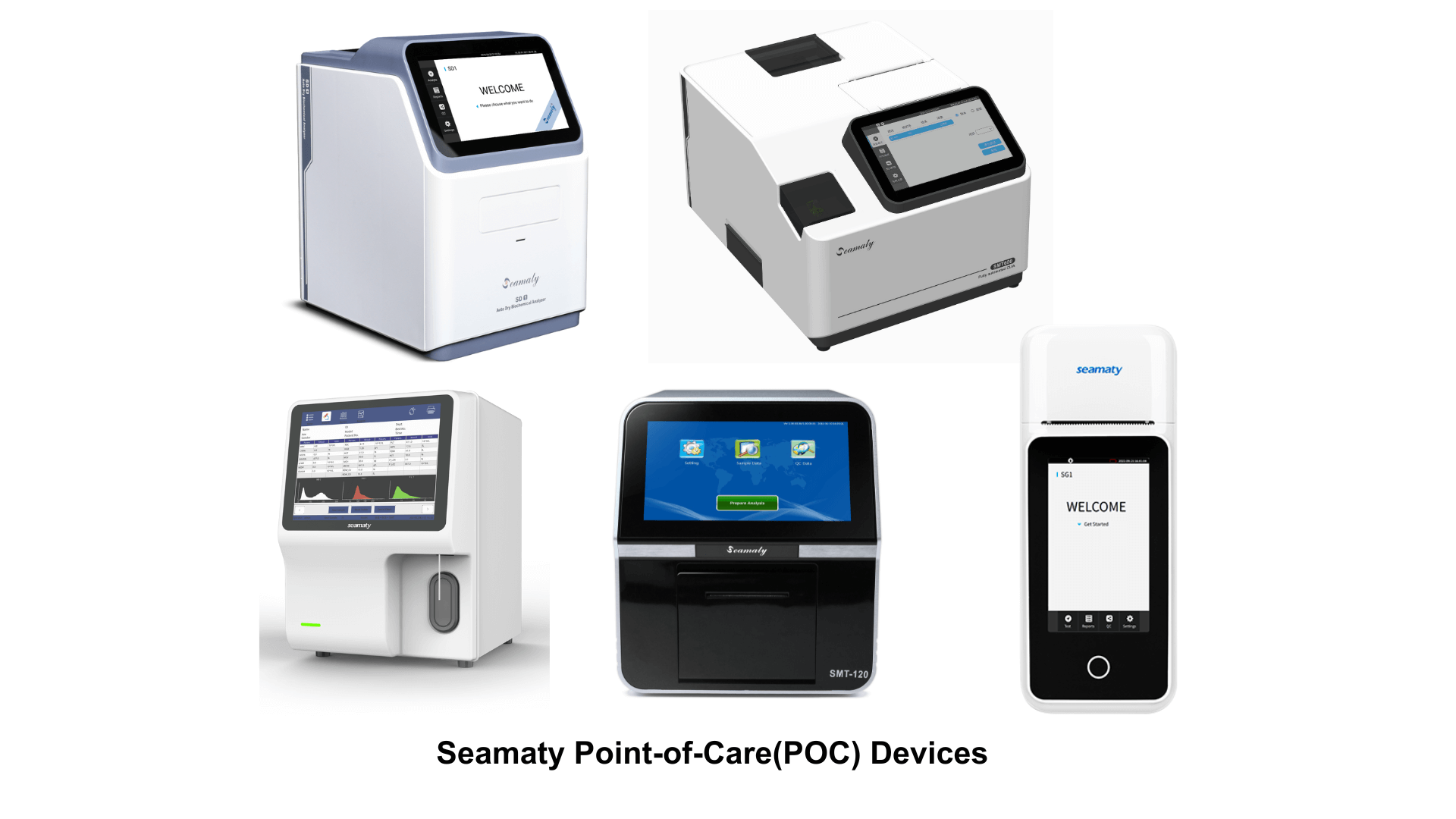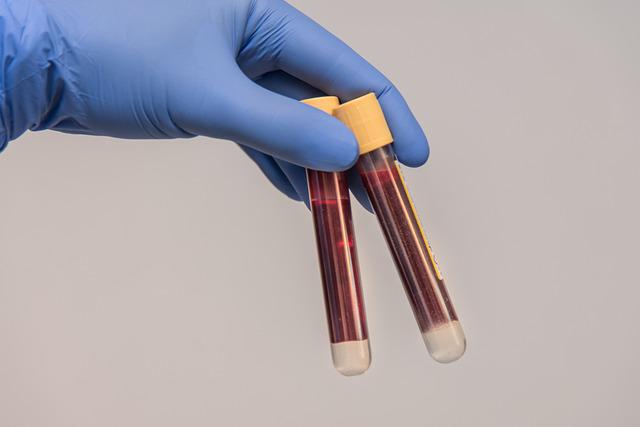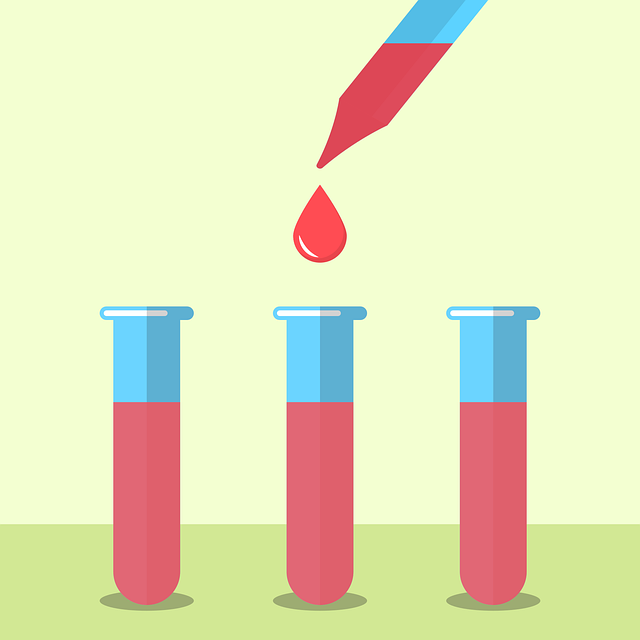release time:2023-04-07 10:40:42
Today, POC diagnostics and devices are widely used in various healthcare settings, from hospitals and clinics to remote and low-resource areas. Common POC tests include blood glucose monitoring, cholesterol testing, and pregnancy tests. Many POC tests are designed to detect infectious diseases such as HIV, hepatitis, and tuberculosis.
One of the most significant advantages of POC testing is the speed at which results are delivered. This immediate feedback helps healthcare providers to make informed decisions about patient care. Moreover, POC testing can be performed in a variety of settings, making it a valuable tool for rural and remote areas. Patients no longer have to wait days or weeks to receive their test results, which means they can begin receiving treatment faster.
However, POC diagnostics and devices are not without limitations. For instance, some Point of Care tests are less accurate than laboratory tests, and some Point of Care devices are less reliable than laboratory equipment. In addition, POC testing can be more expensive than laboratory testing, particularly if the equipment is not being used frequently enough to justify the cost.
|
Pros&Cons of POC Diagnostics and Devices |
|
|
Pros |
Cons |
|
1. Faster results |
1. Limited accuracy |
|
2. Increased accessibility |
2. Limited scope |
|
3. Improved patient outcomes |
3. Limited data integration |
|
4. Reduced healthcare costs |
4. Regulatory issues |
(It's important to note that the pros and cons of POCT can vary depending on the specific device or test being used, as well as the healthcare setting in which it is being used. Healthcare providers should weigh these factors carefully when deciding whether to use POCT in their practice.)
Despite these limitations, there have been significant advancements in POC testing technology in recent years. For example, new POC devices that use microfluidics and lab-on-a-chip technology have made it possible to perform complex tests with just a tiny sample of blood or other bodily fluids. These devices can be used to detect a wide range of diseases, including cancer, heart disease, and infectious diseases.
In addition to new technologies, there have been efforts to improve the accuracy and reliability of POC testing. One approach is to develop POC tests that are more similar to laboratory tests in terms of sensitivity and specificity. Another approach is to improve the quality control measures for POC testing.
Despite the many benefits of POC diagnostics and devices, there are still several challenges that must be addressed. One of the biggest challenges is ensuring that POC tests are accurate and reliable. This can be particularly challenging in low-resource settings where there may be limited access to high-quality equipment and trained personnel.
Another challenge is ensuring that POC testing is cost-effective. While POC testing can be more expensive than laboratory testing, it can also be more cost-effective in certain situations. For example, POC testing can reduce the need for follow-up appointments, which can be costly for patients and healthcare providers. Check this article to know 5 common challenges for POC devices.
The future of POC diagnostics and devices is bright. As technology continues to advance, POC tests will become more accurate, reliable, and affordable. In addition, POC devices will become smaller and more portable, making them ideal for use in remote and low-resource areas.
One of the most exciting developments in POC testing is the integration of POC testing with electronic health records (EHRs). This will make it easier for healthcare providers to access and analyze patient data in real-time, improving the quality of care and reducing the risk of errors.
Another promising area of research is the use of POC testing in personalized medicine. Personalized medicine aims to provide tailored treatments based on a patient's specific genetic makeup and other individual factors. POC testing will play a crucial role in personalized medicine by enabling healthcare providers to quickly and accurately diagnose patients and develop personalized treatment plans.
The COVID-19 pandemic has also highlighted the importance of POC testing. Rapid antigen tests, which can provide results in as little as 15 minutes, have been essential in identifying and containing the spread of the virus. As a result, there has been a renewed focus on developing and improving POC testing for infectious diseases.
POC diagnostics and devices have revolutionized healthcare delivery by offering immediate results and making diagnostic testing more accessible. While there are still challenges that must be addressed, the future of POC testing looks bright. As technology continues to advance, POC tests will become more accurate, reliable, and affordable, enabling healthcare providers to provide personalized, high-quality care to patients around the world. The integration of POC testing with electronic health records and personalized medicine will further enhance the role of POC testing in improving patient outcomes and reducing healthcare costs. As such, it is safe to say that POC diagnostics and devices are the future of healthcare.

References:
Wong, R. C., et al. "Point‐of‐care testing: A review of legal and regulatory issues."
Clinical chemistry and laboratory medicine (CCLM) 54.5 (2016): 679-687.
World Health Organization. "WHO policy brief for the implementation of point-of-care diagnostic tests for viral hepatitis B and C." (2018).
Song, Y., et al. "Point-of-care technologies for molecular diagnostics using a drop of blood." Trends in Biotechnology 36.11 (2018): 1224-1238.
Pai, M., et al. "Point-of-care diagnostics for HIV and tuberculosis: landscape, pipeline, and unmet needs." The Lancet Infectious Diseases 19.5 (2019): e246-e257.
Banaei, Niaz, and Joseph M. Campos. "The promise and pitfalls of point-of-care testing for infectious diseases." Current opinion in microbiology 39 (2017): 106-111.

2022-03-11
There is a big difference between blood biochemistry and routine blood test. Blood biochemistry mainly checks kidney function, liver function, cardiac enzyme profile, electrolytes, etc. They react to diseases such as liver.

2022-02-16
DR is usually called X-ray, and is the most frequently used imaging equipment.. X-rays have slight radiation, but according to scientific research, the amount of radiation received from one X-ray is well within the safe value.

2022-01-13
Animal blood testing includes the collection and processing of blood samples, complete blood counts, ancillary bone marrow examinations, and performing routine coagulation tests.